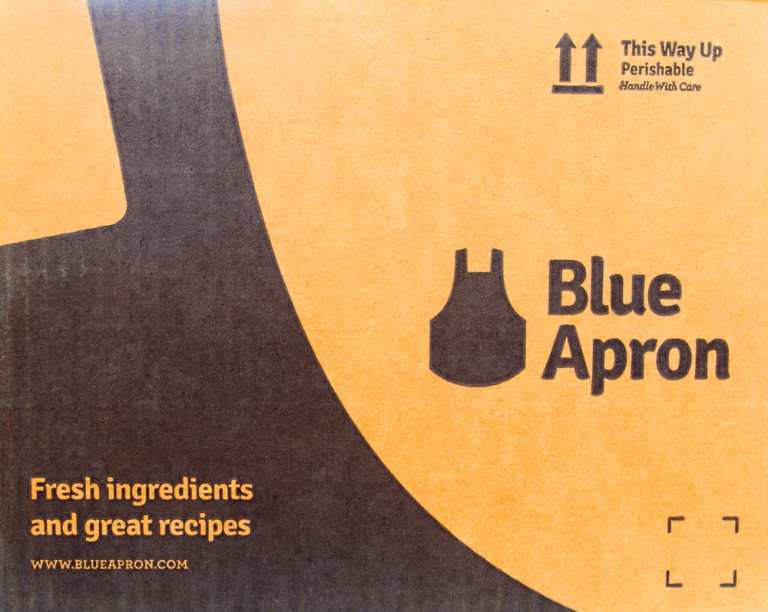Blue Apron’s Struggles Reflect Larger Meal Kit Issues

The meal kit industry is undergoing significant change as new players emerge and older participants keep seeking the formula that works best for 2019 and beyond. That applies to Blue Apron, a seven-year veteran of the scene, which continues to shed customers but whose average order value is slowly creeping up, reflecting the company’s focus on the more lucrative side of the consumer base.
Make no mistake – even as such changes and trends are in the air, the second quarter of 2019 brought some more bad news for Blue Apron. Net revenue decreased 34 percent year over year to $119.2 million. The company blamed that on “reduced marketing spend while focusing on marketing efficiency and targeting high-affinity consumers.” Yet the company still missed analyst revenue estimates by a wide margin.
The company also said that “marketing expense was $9.7 million, or 8.2 percent as a percentage of net revenue, in the second quarter of 2019, compared to $34.6 million, or 19.3 percent as a percentage of net revenue, in the second quarter of 2018.” The company’s net loss of $7.7 million in Q2 was down from $32.8 million for the same period a year ago.
Average Order Increase
Average order values continued to move up, at least slightly – to $58.16 from $57.34 for the same period a year ago. Blue Apron reported having 2.04 million customers, down from about 3.1 million for the second quarter of 2018. Orders per customer stood at 4.6 in Q2, up from 4.4 from the same period last year. Revenue per order also increased, to $265 from $250.
CEO Linda Findley Kozlowski told investors this week that trends are favoring Blue Apron. “Americans are cooking. Eighty percent of meals are sourced from the home, which is up from a decade ago,” she said. “The specific reasons vary, from health to convenience, to interest in learning a new scale, to a love of creating.”
She also offered an update on Blue Apron’s market potential. “With adjustments made for household income and family size, we believe our core product, our meal kit, can serve approximately 50 million households today in the United States,” Kozlowski said. “We see further upside from key demographic shifts in consumer trends, such as growing consumer interest in fresh versus highly processed food, time-pressured consumers seeking convenience and Americans spending more time at home. Given these insights, it’s become clear that the more attractive opportunity for Blue Apron right now is in our core direct-to-consumer business.”
Industry Changes
Even so, the meal kit space continues to become more competitive.
The industry seems in the midst of a reinvention as providers try to stand out and survive in a crowded field. Presto Eats is a good example of that. The startup meal kit provider, as explained in a recent PYMNTS interview, has designed its service around a specific appliance – in this case, the increasingly popular multicooker. Versions like the Instant Pot offer various cooking functions, such as steaming, baking and roasting, with the press of a few buttons. Instead of watching and stirring, consumers can simply press a button, which essentially does the cooking for them.
Partnerships, too, are a significant part of meal kit commerce. Blue Apron, for instance, has recently worked with Jet.com, a situation addressed by Kozlowski during the call. “We’ll be wrapping up our pilot with Jet.com in the coming few weeks,” she said. “As we said before, Jet has been a great partnership through which we’ve built valuable on-demand competencies, many of which we are now applying for future considerations for our model. Right now, however, we need to focus our efforts on our core business, engaging with our customers week in and week out on our platforms through our direct-to-consumer service.”
Meal kit commerce is in the midst of important shifts, and the latest Blue Apron earnings announcement provides more evidence of that.